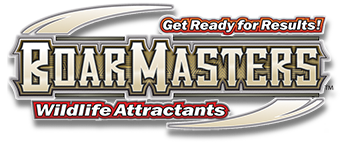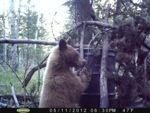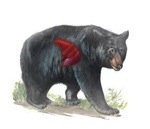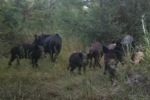
Hunt Hogs Now!
March 27, 2013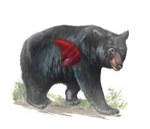
Black bear shot placement
March 28, 2013How do I Estimate the Size of a Bear?
There are several different ways to estimate the size of bear; however, even the most experienced hunter doesn’t always accurately estimate the size of a bear. If you see two or more bears traveling together it’s most likely a mother with her cubs. Cubs that are around the age of two years will be around the same size as the mother. Cubs tend to lag behind their mother and you should always wait to make sure a bear isn’t a mother with her cubs in the rear. Heavy vegetation can hide cubs all together when traveling with their mother. A lighter-colored ring around the neck or chest of a bear can be a clue if the bear is three years old or younger.
Depending on the type of bear it may be mating season while you are hunting. You may see two bears, one pursuing the other. The pursuing bear is usually the male and it’s attempting to mate with the other bear, which is a female. You can easily tell which is the female since she’ll be nervous, stopping frequently and being aggressive towards the male.
Younger bears will have large heads and ears in relation to their anatomy. They also will have long legs and a sort of gangly. A larger adult male will appear bulky with blocky like features and rolling gait style. The average hunter is looking for a male which is 6-7 feet tall. A great method to estimate a bear’s size is to look at the broadside. Use your thumb and index finger and section off the head and neck area of the bear. Then see how many lengths you can go down the bear’s body between the shoulders and tail. With a 7 foot plus bear you should be able to go three head and neck lengths. Larger cubs will have a body length equal to 2 head-neck lengths.
You can determine the square footage of a bear hide easily. You would first measure across the hide from the longest claw on the left foot to the longest claw on the right foot; this is the front pair. Then, measure from the nose tip to the base of the tail. Take these measurements and add them together, then divided by two. Depending on the variables of the hide (salted, tanned or fresh) it will vary.
